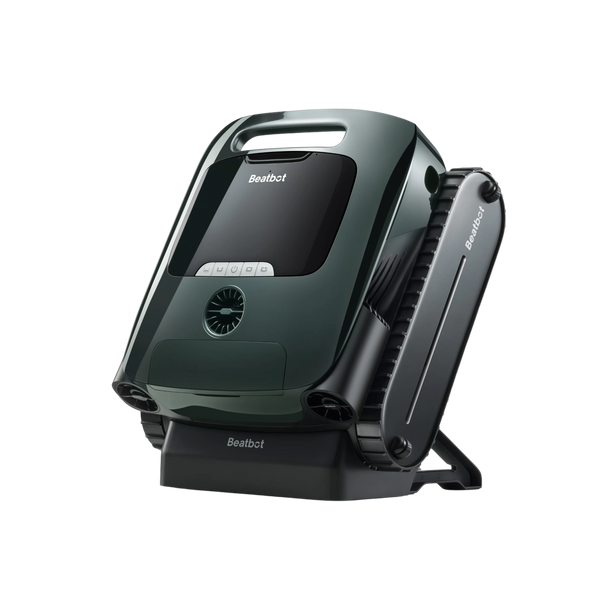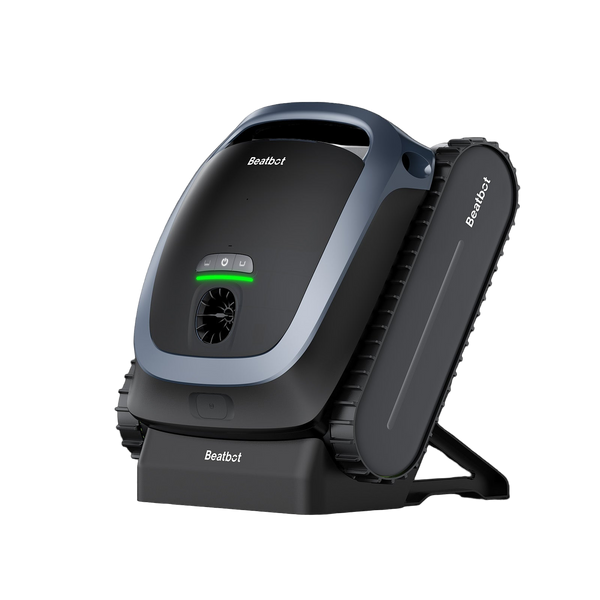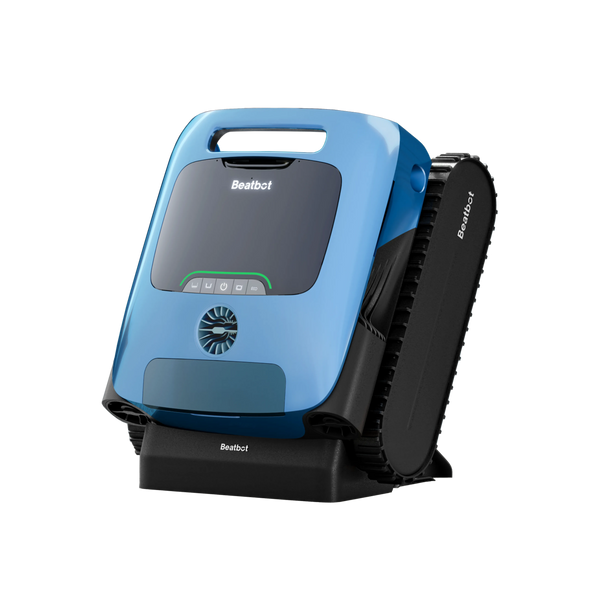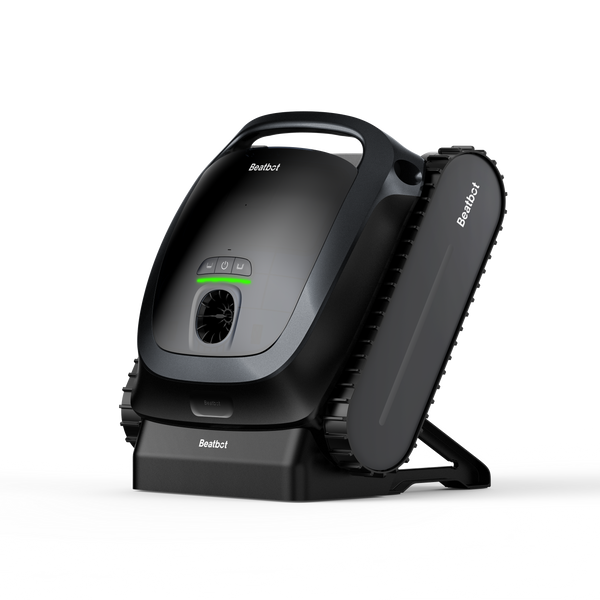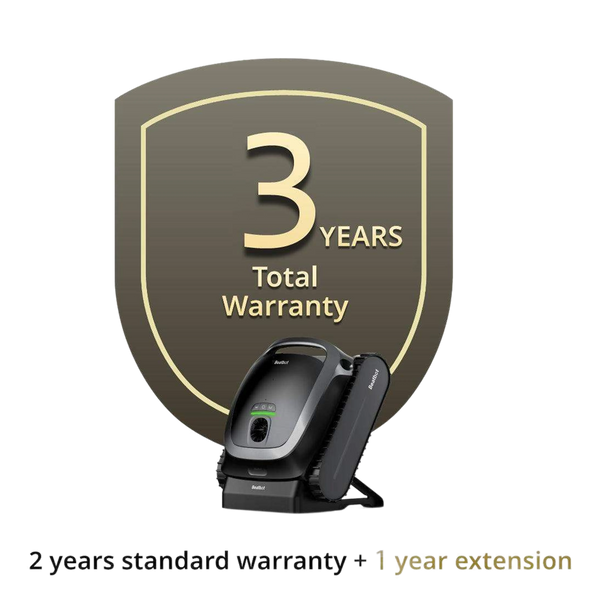How to Clean a Pool For Spring: Maintaining Pristine Pool Conditions
2024-04-06
As the winter chill fades and spring heralds its arrival, it's time to awaken your pool from its seasonal slumber and restore it to its sparkling glory. Explore the art of post-winter pool cleaning with practical methods and expert tips to ensure a clean, safe, and inviting swimming environment for the upcoming season.
Preparing Your Pool for Spring Revival
Table of content
Before embarking on the cleaning journey, take proactive steps to prepare your pool to transition from winter hibernation to summer splendor. Follow these essential pre-cleaning tasks to revitalize your pool:
1. Check and Service Equipment
Inspect your pool pump, filter, and other equipment for damage or wear. Service or replace components as needed to ensure optimal performance.
Pool Filter Maintenance
The pool filter is crucial for maintaining clean and clear water. As you prepare to open your pool for the season, consider these essential steps:
Backwashing : This process involves reversing the flow of water through the filter to remove debris and contaminants. It helps maintain efficiency and should be done regularly.
Replacement : If the filter shows significant wear or damage, replacing it might be necessary. This ensures your circulation system works at its best throughout the season.
By paying close attention to your filter and other equipment, you can ensure a trouble-free swimming experience all summer long.
2. Winter Cover Maintenance
Remove the winter cover carefully, clean it thoroughly, and store it correctly to avoid damage and prolong its lifespan.

3. Water Quality Evaluation
Test the water chemistry, adjusting the pH and sanitizer levels to maintain a balanced and safe swimming environment. Aim for an alkalinity level between 80 to 120 ppm and a pH level between 7.2 and 7.8. These specific ranges ensure optimal water conditions, promoting both safety and comfort for swimmers.
Maintaining these levels can be challenging with over-the-counter test strips, which might not provide the precision needed. Consider consulting with a professional if you encounter difficulties in balancing your pool's water chemistry. They can efficiently adjust the levels, ensuring your pool remains inviting and safe throughout the swimming season.
What is the Process of Shocking a Pool and Why is it Necessary?
Shocking a pool is an essential maintenance step to ensure clean and safe swimming conditions. This process involves adding a significant dose of chlorine or a similar chemical to eliminate unwanted contaminants. Let's break down the steps and importance of shocking your pool.
The Process
Preparation : Start by testing your pool's pH levels to ensure they are balanced. Ideally, pH should be between 7.2 and 7.6 to maximize the effectiveness of the shock treatment.
Choosing the Right Shock Product : There are different types of shock products available, such as calcium hypochlorite or sodium di-chlor. Each has its use, so choose one based on your pool's needs and the amount of algae or bacteria present.
Application : With the pool pump running, distribute the shock evenly across the pool surface. It’s typically best to do this in the evening or at night to prevent the sun from reducing the chemical’s effectiveness.
Circulation : Allow the pool pump to circulate the water for several hours, helping to disperse the chemicals and clean the water thoroughly.
Wait Time : Refrain from using the pool until chlorine levels return to a safe range (usually between 1-3 ppm). It might take anywhere from a few hours to a day.
Why is Shocking Necessary?
Eliminate Pathogens : Regular shocking helps destroy harmful bacteria and algae blooms that can affect water quality and swimmer health.
Clear Cloudy Water : It removes contaminants that cause water to become cloudy, ensuring the pool is visually appealing and safe to use.
Prevent Chloramine Build-up : Shocking breaks down chloramines, which are by-products of chlorine reacting with organic matter. Chloramines can lead to eye irritation and unpleasant odors.
By keeping up with regular shock treatments, you ensure a healthier swimming environment and prolong the life of your pool components.
Steps to Clean Your Pool After Winter
Step 1. Clearing Debris and Contaminants
Kickstart the cleaning process by removing debris, leaves, and any remnants of winter that have accumulated in your pool.
Focus on clearing skimmer baskets, pool surfaces, and surrounding areas to prevent contamination.
Step 2. Scrubbing and Skimming
Employ a high-quality pool brush to scrub away algae and dirt clinging to the walls and floor of your pool. Focus on the sides and steps, where algae and grime tend to accumulate the most. Nobody wants to get into a pool that has unsightly buildup, so ensure these areas are thoroughly cleaned.
If you notice that the tiles look particularly bad, consider asking your maintenance person whether an acid wash is necessary. This professional touch can restore the sparkle and cleanliness to severely affected areas.
Simultaneously, a skimmer net removes floating debris from the water surface for a thorough cleaning session. You can also invest in the most advanced Beatbot AquaSense Pro to clear the floors, walls, or water surfaces, as it can automatically finish the job effortlessly without leaving any debris behind.
By combining manual scrubbing with advanced technology, you ensure every inch of your pool is pristine, inviting swimmers to enjoy a refreshing dip in crystal-clear water.
Step 3. Utilizing a Robotic Pool Cleaner
Enhance cleaning efficiency by incorporating a robotic pool cleaner into your maintenance regimen.
These automated devices can navigate the pool, effectively scrubbing, vacuuming, and filtering debris, saving time and effort.
Select appropriate cleaning modes, if any, to ensure comprehensive coverage and optimal results.
Take the high-end product Beatbot AquaSense Pro, for instance; it has the world's 1st 5-in-1 technology, providing a relaxing cleaning experience that effectively cleans the floor, walls, waterline, water surface, and overall clarification of your pool.
Step 4. Regular Maintenance Practices
Establish a consistent maintenance routine to uphold your pool's cleanliness and functionality throughout the season.
Monitor Water Quality: Test and balance the water at least once a week. Regularly check pH and chlorine levels to ensure a safe swimming environment.
Filter Maintenance: The filter will need regular cleaning, whether it's a cartridge, sand, or diatomaceous earth filter. Backwashing may be necessary to maintain optimal performance.
Debris Removal: Skim the surface and clean out skimmer baskets regularly to keep your pool free of leaves and other debris.
Shock Treatments: Occasionally, the water may need shocking to eliminate bacteria and algae, especially after heavy use or storms.
Remember to store your robotic pool cleaner in a location similar to the manual when not in use to extend its life and efficiency.
By following these steps, you can enjoy a sparkling, inviting pool all summer long with minimal hassle.
Why Is Scheduling Weekly Pool Maintenance Important Throughout the Summer?
A pristine pool doesn't just happen by itself overnight. Consistent weekly maintenance is crucial to keep your pool inviting, safe, and ready for summer enjoyment. Here are the key reasons to make pool care a regular fixture in your schedule:
Consistent Cleanliness : Filters can quickly become clogged with debris like leaves, insects, and other particles. Regular cleaning ensures that your filter operates efficiently, keeping your water clear and refreshing.
Healthy Water Balance : Weekly testing and balancing of your pool’s chemical levels prevent harmful bacteria and algae from taking hold. By maintaining the right pH and chlorine levels, you'll promote a safe swimming environment for everyone.
Effective Shock Treatments : Introducing additional chemicals, or ‘shocking’ the water, may be necessary to eliminate contaminants that regular maintenance might miss. This method helps to break down chloramines and maintain clarity.
Debris Management : Regular removal of debris not only keeps your pool looking immaculate but also protects your pool equipment from damage and ensures a pleasant swimming experience.
Maintaining a consistent weekly routine isn't just about aesthetics—it's about ensuring that your pool remains a safe and enjoyable space throughout the summer. By focusing on these essential tasks, you're investing in both the longevity of your pool and the safety of your swimmers.

Expert Tips for Effective Pool Cleaning
1. Consistent Cleaning Schedule
Adhere to a regular cleaning schedule to prevent the accumulation of debris and maintain crystal-clear water clarity for uninterrupted enjoyment.
2. Water Quality Management
Monitor and adjust chemical levels in your pool water at least once a week to prevent issues such as algae growth and ensure a safe and comfortable swimming experience.
3. Equipment Inspection and Maintenance
Regularly inspect and service your robotic pool cleaner, filters, and brushes to optimize their performance and longevity.
Promptly address any malfunctions or wear to avoid disruptions in your cleaning routine.
4. Robotic Pool Cleaner Usage
Investing in a robotic pool cleaner for efficient and thorough cleaning without manual effort.
These devices save time, energy, and resources while keeping your pool consistently clean.
5. Proper Storage Procedures
Store your equipment in an excellent, dry environment away from direct sunlight to protect it from environmental damage and extend its operational life.
Keep all components organized and well-maintained for quick deployment when needed.
What to Do If You Need Help with Pool Maintenance in Warmer Climates
Living in sunny areas often means you'll enjoy more time by the pool—but it also entails keeping your pool in top condition. If maintaining your pool feels overwhelming, follow these steps for a hassle-free experience:
Research Local Pool Services : Look for reputable pool maintenance companies in your area. Brands like AquaPro Services or Sparkling Pools Co. are often available to help with seasonal opening tasks.
Consultation and Quotes : Contact these services to discuss your specific needs. Ask for a detailed quote, so you're fully aware of what each service entails and the costs involved.
Scheduling Visits : Arrange for regular maintenance. From cleaning to chemical balancing, a consistent schedule ensures your pool remains inviting and safe throughout the year.
Additional Upkeep Tips : Even if you're hiring professionals, learn a few basic maintenance tasks. This includes skimming the surface and checking pool filters to keep your pool pristine between professional visits.
Taking these steps not only relieves the burden of pool upkeep but ensures you can enjoy a clean and sparkling pool all year round.
Conclusion
As you embark on the journey of post-winter pool cleaning, armed with step-by-step instructions, expert tips, and the efficiency of a robotic pool cleaner, you are well-equipped to transform your pool from its winter slumber into a pristine oasis ready for the upcoming season.
By following these guidelines, maintaining a consistent cleaning schedule, monitoring water quality diligently, inspecting equipment regularly, and embracing the benefits of robotic technology, you can ensure your pool remains inviting, sparkling, and safe for all. Remember, the key to a beautiful pool lies in regular upkeep, attention to detail, and modern cleaning tools.
Relative Blogs
About the author

